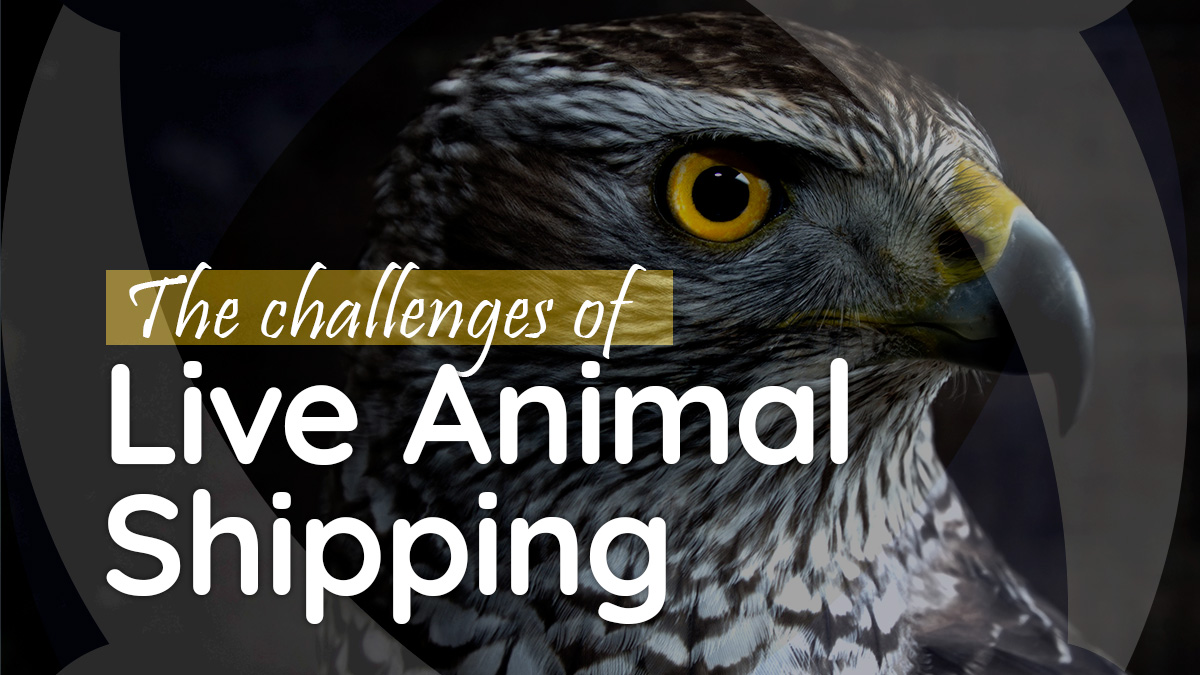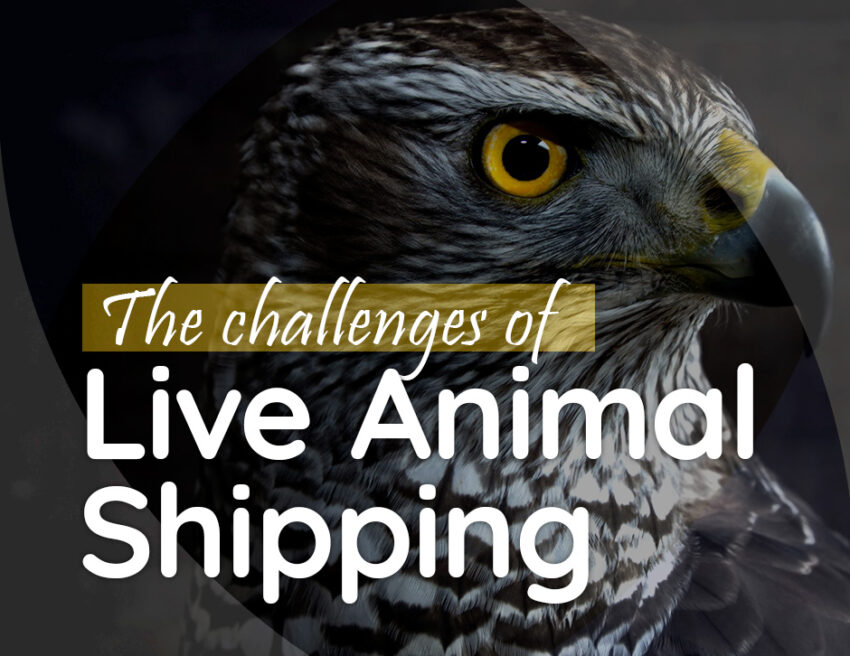Transporting live animals is one of the most complex and highly regulated sectors within the logistics industry. Whether it’s pets, livestock, zoo animals, or exotic species, freight forwarders must navigate a maze of regulations, animal welfare concerns, and logistical hurdles. Unlike standard cargo, live animals require specialized handling, proper documentation, and strict adherence to international guidelines to ensure their safety and well-being throughout transit.
For independent freight forwarders, mastering the intricacies of live animal shipping can be a valuable niche service. This guide explores the key challenges, best practices, and essential considerations when handling live animal logistics.

Understanding Regulatory Compliance
Shipping live animals involves a strict set of rules and regulations designed to ensure their humane treatment. Various organizations, including the International Air Transport Association (IATA), the Convention on International Trade in Endangered Species of Wild Fauna and Flora (CITES), and national veterinary authorities, set guidelines that freight forwarders must follow.
- IATA Live Animals Regulations (LAR): This globally recognized standard outlines requirements for transporting animals safely by air, including crate specifications, temperature controls, and transit times.
- CITES Guidelines: If shipping endangered or exotic species, compliance with CITES regulations is mandatory to prevent illegal trafficking.
- Country-Specific Rules: Each destination may have its own import permits, quarantine requirements, and health certifications. Forwarders must stay updated on regulations for each country they operate in.
Key Challenges in Live Animal Shipping
1. Animal Welfare and Safety
Unlike inanimate cargo, live animals are sensitive to temperature fluctuations, noise, handling, and delays. Ensuring their welfare requires special accommodations, such as:
- Proper ventilation and temperature control during transit.
- Avoiding prolonged layovers or rough handling.
- Providing food and water during long journeys when required.
2. Specialized Handling and Packaging
Different species require different types of crates or enclosures that comply with IATA’s LAR guidelines. Factors such as size, ventilation, absorbent bedding, and secure latching must be considered. Failure to use the correct packaging can lead to injury, stress, or even the rejection of the shipment by authorities.
3. Delays and Unexpected Disruptions
Flight cancellations, customs delays, or missed connections can pose significant risks to live animal shipments. Freight forwarders must anticipate potential disruptions by:
- Choosing the fastest and most direct routes.
- Having contingency plans in case of flight rescheduling.
- Coordinating closely with airlines and ground handlers.
4. Health and Documentation Requirements
Animals being transported internationally must have health certificates issued by accredited veterinarians. These documents typically verify that the animal is free from contagious diseases and has met vaccination requirements. Missing or incorrect documentation can lead to delays, additional costs, or even the refusal of entry into the destination country.
Best Practices for Freight Forwarders Shipping Live Animal
1. Partner with Experienced Carriers
Not all airlines and shipping lines have the necessary infrastructure to handle live animal shipments. Working with carriers that specialize in live animal transport ensures compliance with welfare standards and minimizes transit risks.
2. Educate Clients on Proper Preparation
Shippers must understand the importance of preparing their animals for transport. This includes ensuring that:
- Animals are in good health before travel.
- They are accustomed to their travel crates to reduce stress.
- They meet all legal and vaccination requirements.
Providing clients with detailed checklists can help avoid last-minute issues that could jeopardize the shipment.
3. Use Real-Time Tracking and Communication
Live tracking of shipments allows forwarders to monitor the animal’s journey and quickly respond to any issues. Establishing a strong communication chain between airlines, customs agents, and clients helps to minimize delays and ensures that the animals reach their destination safely.
4. Plan for Contingencies
Even with careful planning, unexpected events can arise. Forwarders should:
- Identify alternative routes or backup flights in case of delays.
- Ensure animals have adequate rest stops if required.
- Have emergency veterinary contacts available at key transit points.
Opportunities for Independent Freight Forwarders
While complex, live animal shipping presents a lucrative opportunity for independent freight forwarders willing to invest in training and partnerships. Providing expert services in this niche market can set forwarders apart from competitors and attract high-value clients, such as zoos, breeders, and pet relocation services.
By staying informed on regulations, prioritizing animal welfare, and implementing best practices, independent freight forwarders can successfully navigate the challenges of live animal transportation and build a reputation as trusted logistics providers in this specialized field.
Conclusion
Shipping live animals is far from straightforward—it demands expertise, careful planning, and strict adherence to regulations. However, for freight forwarders who embrace these challenges, it offers a rewarding business opportunity. By prioritizing compliance, safety, and customer education, independent forwarders can establish themselves as go-to professionals in the live animal logistics sector, ensuring that every shipment arrives safely and humanely at its destination.


